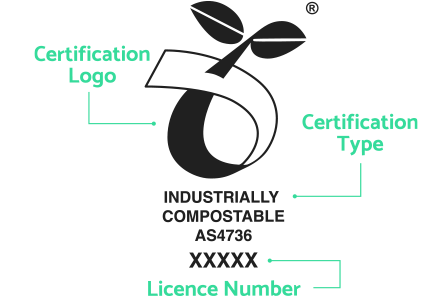
Aqueous Cups – Certified Home Compostable
Aqueous cups and sugarcane lids are a home compostable takeaway cup solution.
This is verified by the Home Compostable Logo, where you can see both the certification type and a company’s specific licence number.

 UK
UK AU/NZ
AU/NZ

























